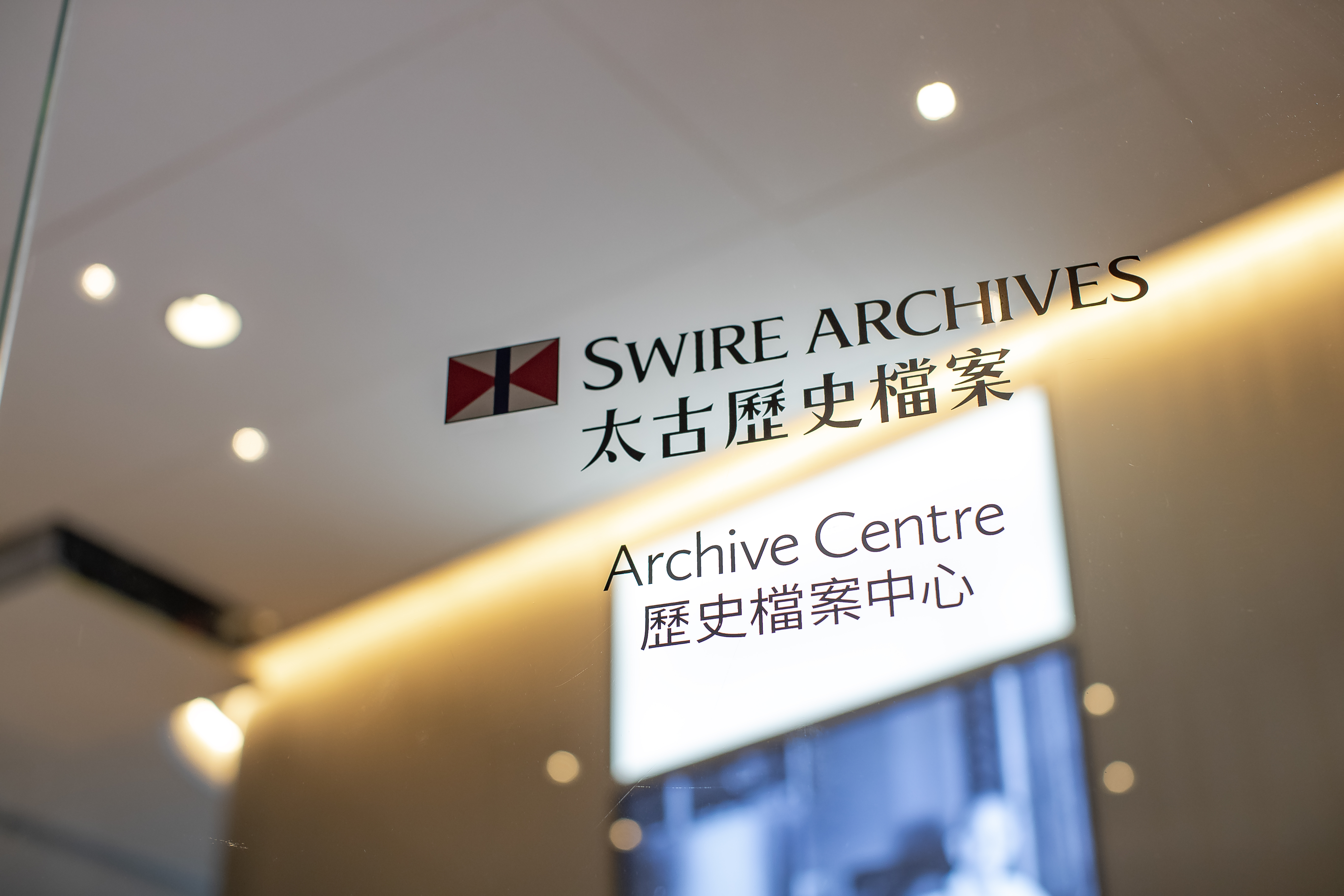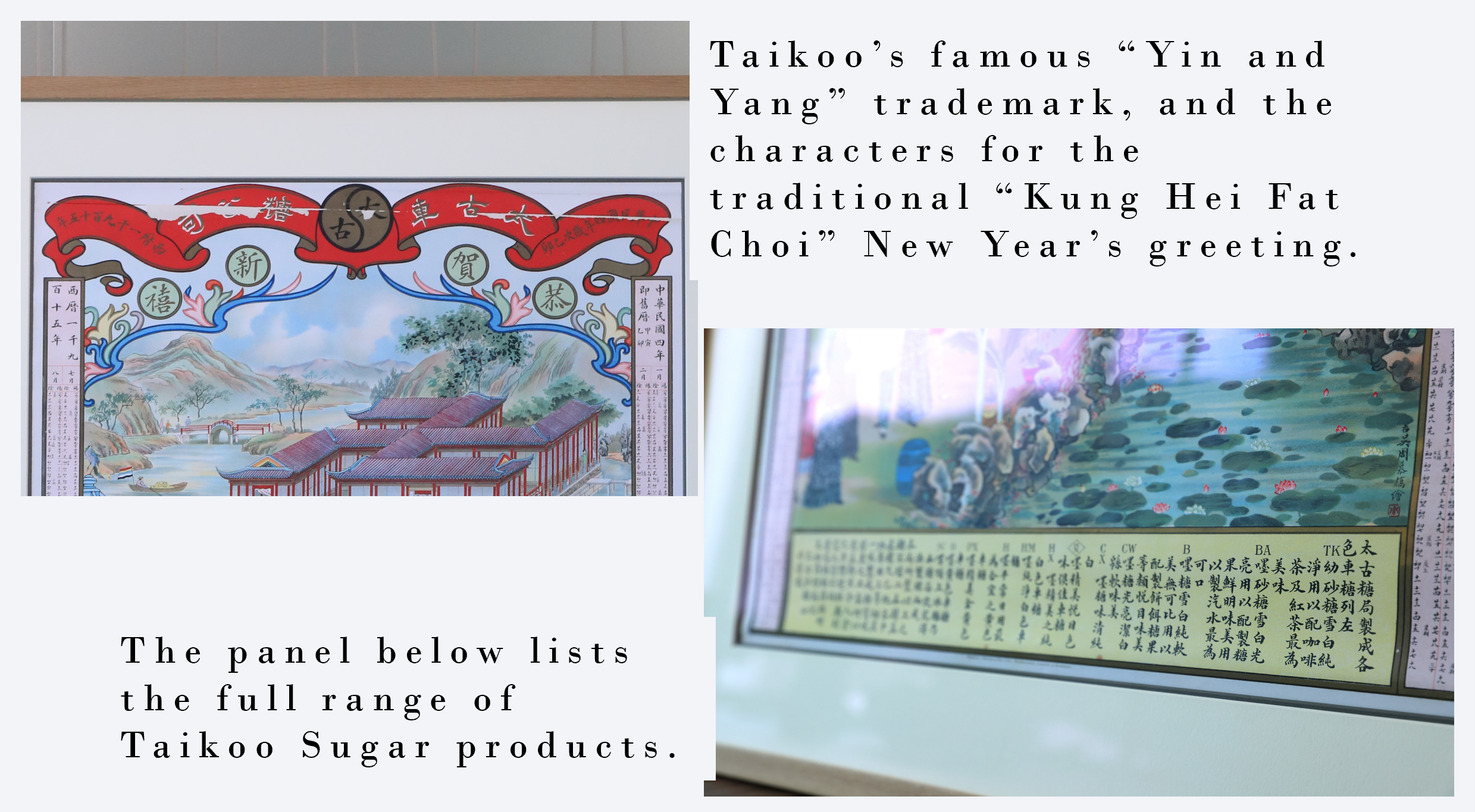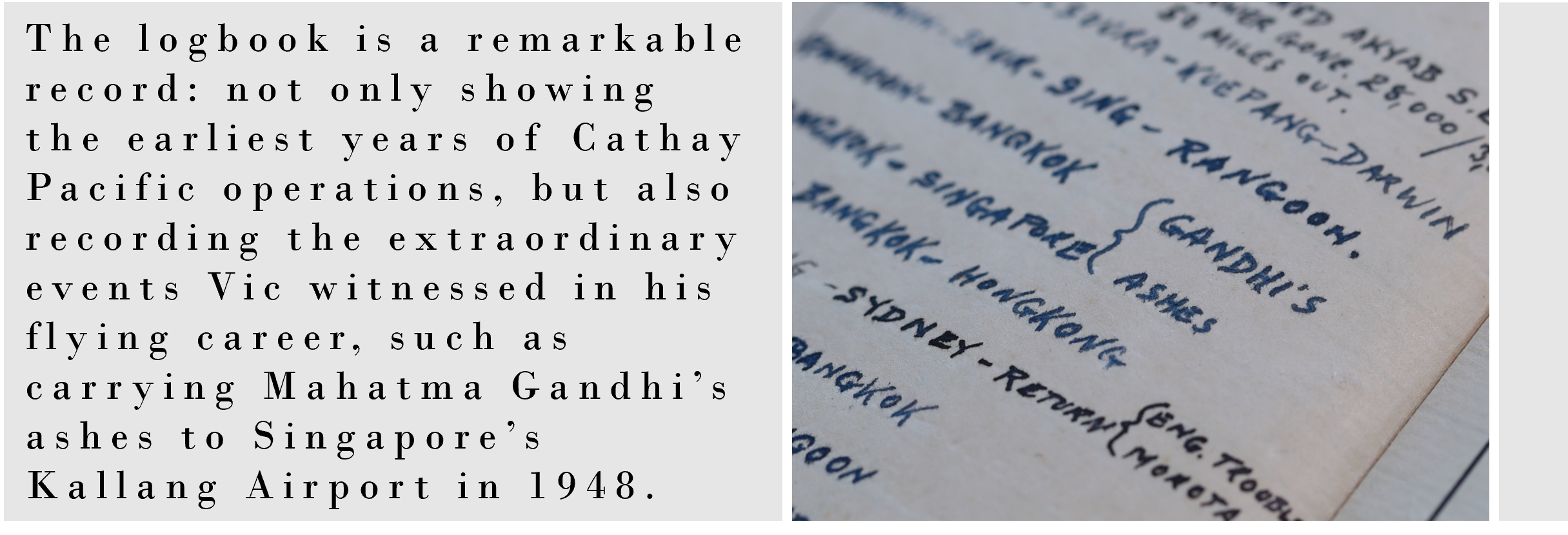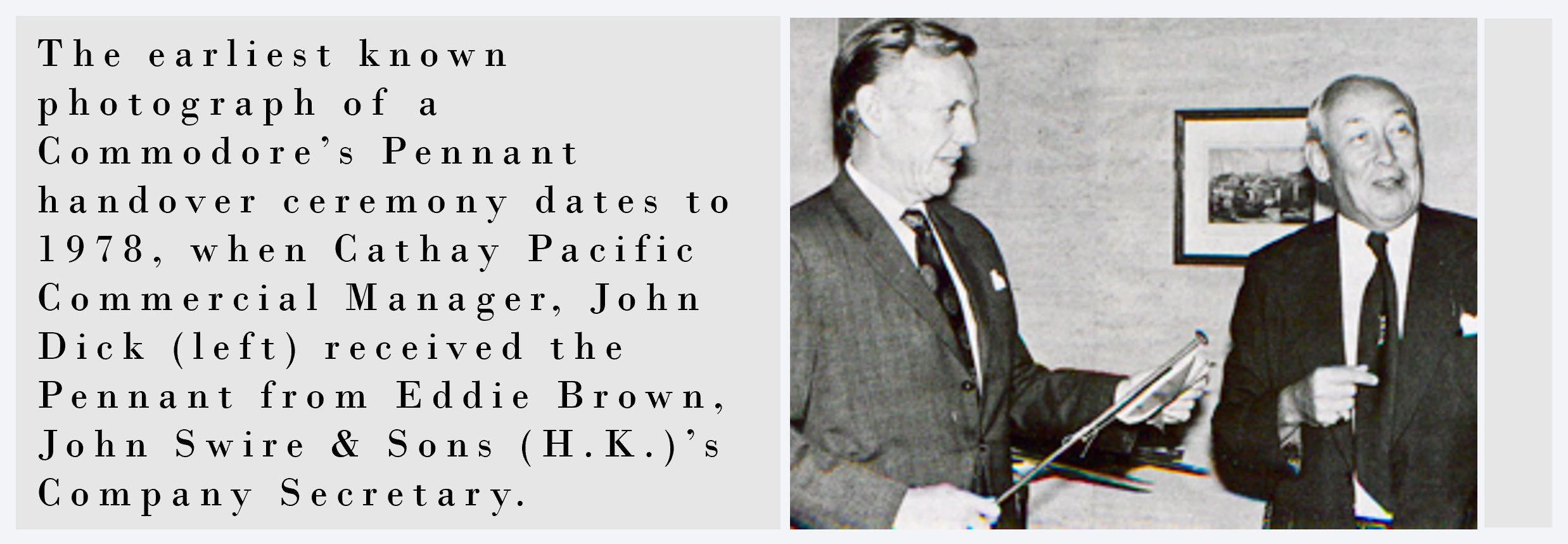Copyright © 2024 Swire Pacific Limited. All rights reserved.

The Swire Group’s archives, maintained in London and Hong Kong, are the repository of our collective corporate memories, telling the Swire story all the way from the mid-19th century to the present day. Recording more than 150 years of development in Hong Kong, they provide a valuable historical resource for staff, academics, and the wider community. In Hong Kong, the collection is managed by a team of professionally trained in-house archivists and comprises a diverse collection of historical records and artefacts from our operating companies, including John Swire & Sons (H.K.), Swire Pacific, Swire Properties, Swire Coca-Cola, Taikoo Sugar, Cathay Pacific Airways, Hong Kong Aircraft Engineering Company ("HAECO") and The China Navigation Company ("CNCo"). Through a wide range of media – including paper, photographic prints, films, audio tapes, microfilms, and a range of digital formats – the collection charts the Group’s rich heritage in various sectors, including shipping, aviation, beverages, properties, as well as trading and industrial and insurance activities.
Located in Taikoo Place, the site of the former Taikoo Sugar Refinery, the Swire Archive Centre consists of an environmentally-controlled repository, an innovative exhibition setup as well as a multipurpose engagement space. The space can be booked by Group companies interested in using its exhibition elements for project inspiration, staff engagement, or entertaining business partners and clients. Activities and events that can be hosted here include guided tours, meetings, seminars, workshops, VIP dining and cocktail receptions.
Taikoo Sugar calendar (1915)

The Swire Archives maintains a rich record of the iconic "Taikoo Sugar” brand and its earliest marketing strategies. To drive sales on the Chinese Mainland and across the region, this calendar was produced by Taikoo Sugar more than a century ago, as a promotional gift to celebrate Chinese New Year in 1915. A prominent Buddhist symbol features in the tranquil scene of a well-to-do family and their servants strolling in a garden.

The red banner reads “Taikoo Sugar Company”, with Taikoo’s famous “Yin and Yang” trademark – first introduced in 1905 – at the centre. Below are the characters for the traditional “Kung Hei Fat Choi” New Year’s greeting, while the month-by-month calendars (both lunar and western-style) run down each side of the picture. The panel below lists the full range of Taikoo Sugar products – extolling the superior qualities of each and reminding customers to always look for the Taikoo brand.
Cathay Pacific pilot’s logbook
This leather-bound logbook was donated to Swire Archives by Captain Vic Leslie, one of Cathay Pacific’s earliest pilots, who joined the airline in 1946, following his wartime service with the Royal Australian Air Force.

When Swire Archives received Vic’s logbook, it was showing signs of its eventful life: pages had become brittle and broken into fragments; some had fallen completely away from the stitched binding, whilst the leather cover was showing significant wear and tear. In order to stabilise the book, Swire’s archivists consulted professional conservators at the University of Hong Kong Libraries Preservation Centre, who carefully treated and repaired the book in their conservation laboratory.
Commodore’s Pennant
The Swire Commodore’s Pennant is a special emblem. It is a tradition – still maintained today – for the longest-serving member of Swire’s House Staff in Asia to display it in their office. When the holder of the Pennant reaches retirement, he or she will pass the Pennant on to the next-longest serving member of staff, recognising the staff member’s contributions throughout their career with Swire.

The Pennant is also a reminder of the story of the origins of the Swire flag. Swire’s oldest operational company is CNCo – a shipping company established in 1872 to operate on the Yangtze River. The Yangtze trade was by then already dominated by the powerful, American-owned Shanghai Steam Navigation Company. Undeterred, Swire’s Senior Partner, John Samuel Swire (1825-1898), declared he intended to “run the river” and the flag he designed threw down the gauntlet in no uncertain terms: Shanghai SNCo’s flag consisted of two blue triangles, apex to apex, on a white background; CNCo’s was to be identical – but red instead of blue. Perhaps John Swire decided this was a step too far? At any rate, at a meeting to review the design, someone used a blue pencil to sketch a wide vertical stripe through the centre of the flag, where the two triangles met, and the hung-bak-lam (red, white, blue) Swire flag we know today was born.
Click here to read more heritage stories.